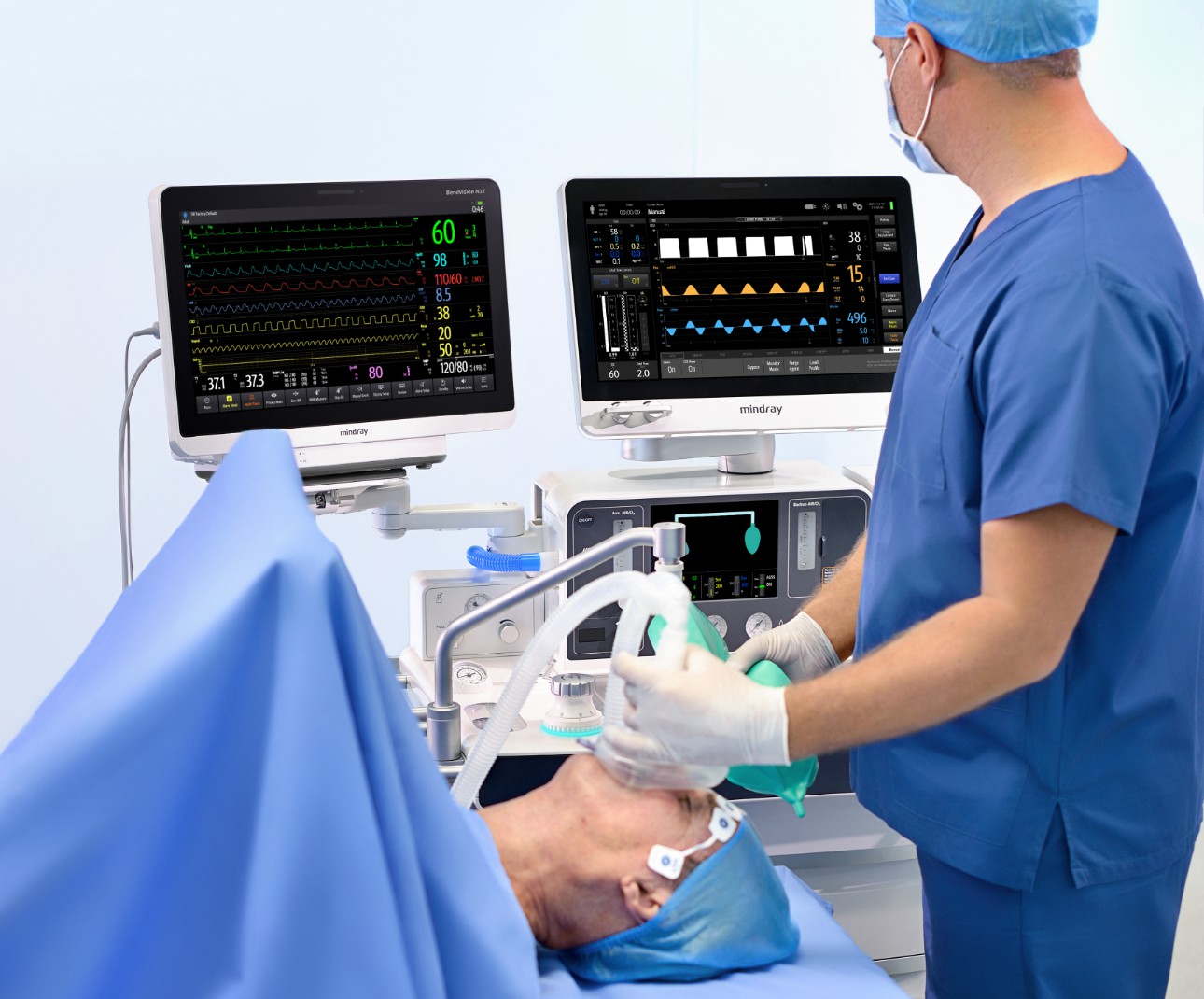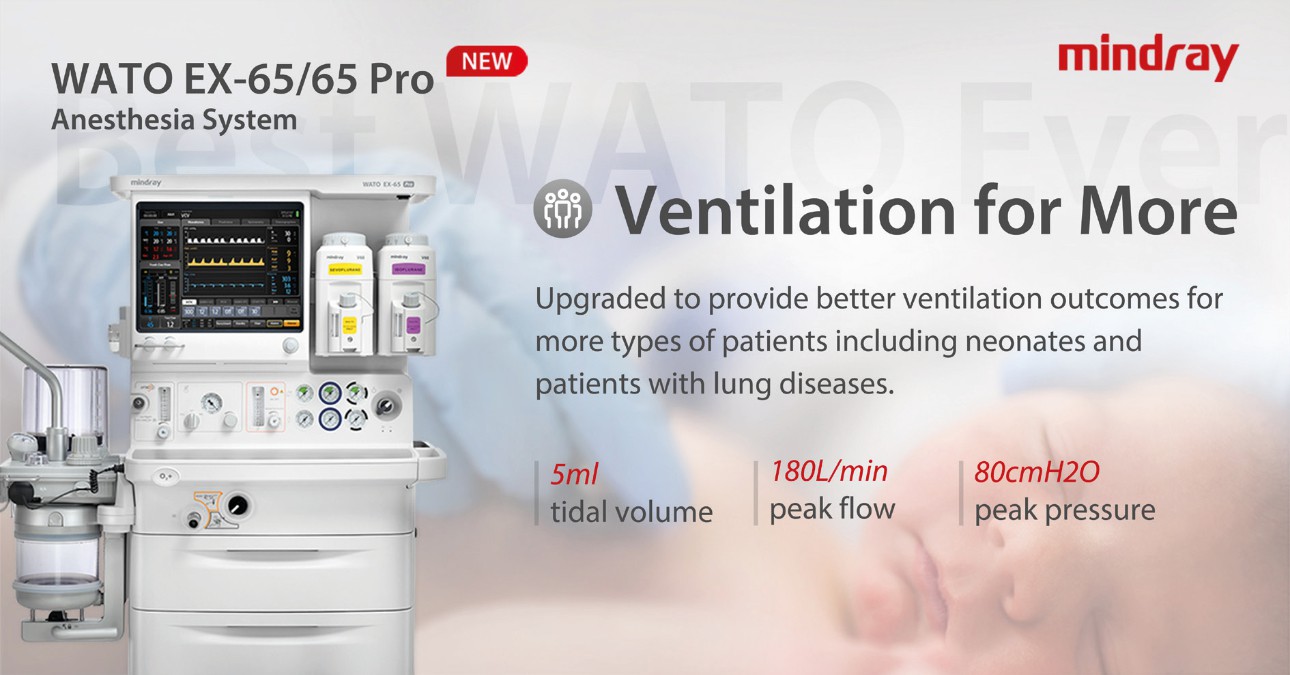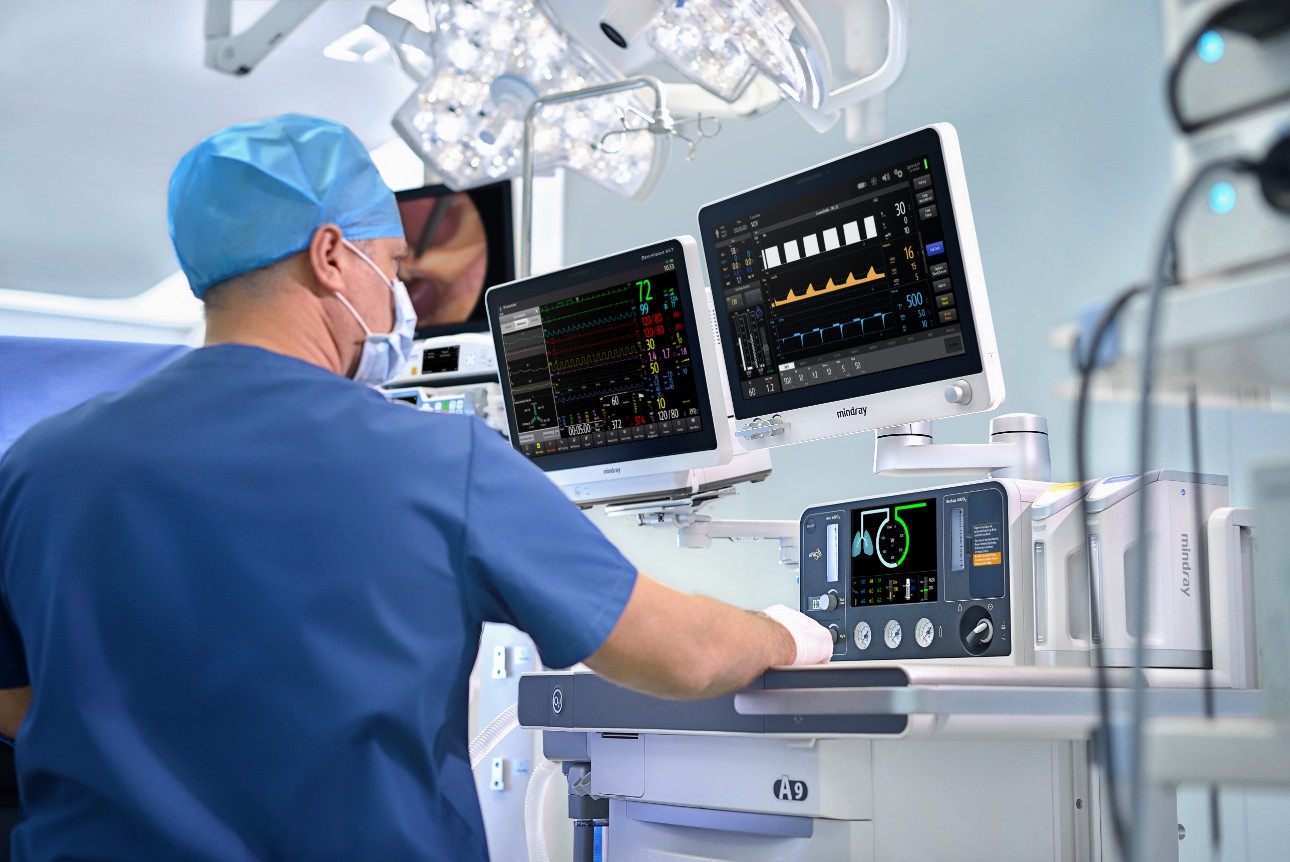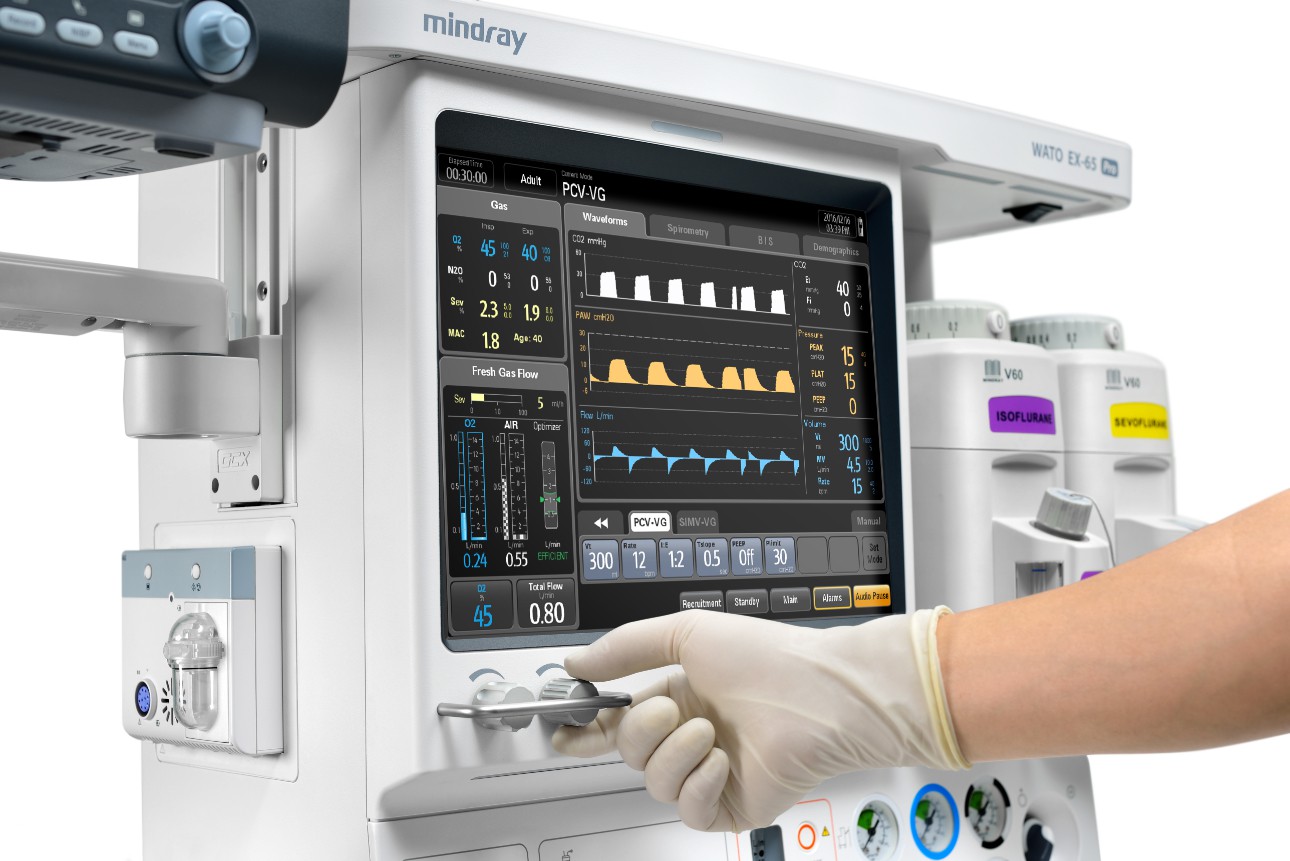Dr. K.Senthil Kumar
Senior Consultant & Head Dept. of Anaesthesiology, Kauvery Hospital, Trichy, Tamil Nadu
Dr. K. Senthil Kumar underwent M.D in Anesthesiology and has completed fellowship in Interventional Pain Medicine and PG diploma in Medical Law and Ethics. He is AHA certified BLS, ACLS instructor and NABH assessor. He is interested in academics, quality assurance, teaching, and leadership. He is the senior consultant and head of the department of anesthesiology at Kauvery Hospital, Trichy, Tamil Nadu.
Kauvery Hospital is a leading tertiary care group of hospitals which consists of 8 hospitals in Tamil Nadu & Karnataka. The bed capacity combining of all the hospitals is between 1900-2000. The hospital attends to highly complicated patients, the staff have a lot of expertise and have gained vast experience working in emergency departments, critical care, and operation theatres.
Dr. Senthil discusses the use of nitrous oxide in anesthesia, new trends, challenges in the field of anesthesia and how technology can change the face of anesthesia.
Challenges of being Anesthesiologist:
He explains the challenges that he had to face while working as an Anesthesiologist for the last two decades:
1. There was a lot of ambiguity regarding the educational qualifications and background of an anesthesiologist. People assumed anesthesiology was a special course independent of the medical courses MBBS and MD. However, anesthesiology has started gaining popularity today and people are curious to know more about their anesthesiologist.
2. There is a lack of awareness in public about the various pain relief modalities used in anesthesia. There are oral tablets, IV injections, pain-relief patches, epidural anesthesia or continuous infusions that are administered to alleviate the pain but most of the patients are clueless about it.

Trends of development in Anesthesia Field:
Today, there are excellent and robust monitoring devices that are used in the field of anesthesia like the Mindray Anesthesia Machines. It comprises of an anesthesia gas monitoring system wherein the concentration levels of each gas used in anesthesia can be monitored individually. The machine measures the concentration of inhalation agents like Nitrous oxide, Sevoflurane, or Isoflurane while the patient inhales and exhales.
There are also other advancements like BI-Spectral index monitoring and monitoring of the responsiveness to noxious stimuli that has aided in decoding the patient’s reactions to anesthetic agents in terms of numbers. Based on these numbers, the sedative dose or the analgesic dose can be titrated for the patients. Similarly, devices which facilitate cardiac output monitoring have aided in identifying high risk patients, improved the safety profile and made the anesthesiologists more at ease.
Contraindications to use nitrous oxide in Anesthesia:
Before the invention of other anesthetics like Sevoflurane, Isoflurane or Halothane, nitrous oxide was used as an anesthetic agent from the 1960s to the early 1980s. Nitrous oxide is an acidic agent which doesn’t have good anesthetic properties but has good analgesic properties. However, it has lot of side effects and contraindications that were studied in the ENIGMA trial, some of which are as follows:

1. Postoperative complications like second gas effect or concentration effect or diffusion hypoxia and post-operative nausea.
2. Prolonged exposure may cause depletion in Methionine synthase.
3. It causes accumulation of homocysteine in the blood resulting in more probability of thrombotic events.
Is Nitrous Oxide necessary for anesthesia?
Nitrous oxide not only causes issues in patients but also is detrimental to the environment as it damages the ozone layer in the atmosphere. It causes Operating Theatre contamination if the anesthetic gas scavenging system is not robust enough.
The use of nitrous oxide should be stopped as swiftly as possible for the benefit of the future generation. There are a lot of options like oxygen, air, inhalation agents, intravenous anesthesia etc. which needs to be explored more and used more frequently.

How will technology change Anesthesiology in future?
AI based systems will soon replace human driven monitoring systems and documentation associated with it. The app-based approach will tremendously increase in the future to reduce error. The use of technology will enable nociceptive detection of decrease in analgesic dose for patients and the patient can be supplemented with analgesics accordingly. The clinical assistive tools will help in capturing patient data for future reference to avoid difficult intubation especially with patients who had difficult spinal anesthesia or difficult epidural or difficult airway. The data from the tool will help in taking safety precautions and resolve any intubation issues in future.

Message for future Anesthesiologist:
With an experience of more than two decades in the field of anesthesiology, Dr. K. Senthil Kumar insists that the upcoming anesthesiologists should mainly focus on conducting a pre-anesthesia assessment for all the patients. This will help in identifying the co-morbidities, evaluating the risks, and developing a plan for anesthesia.

